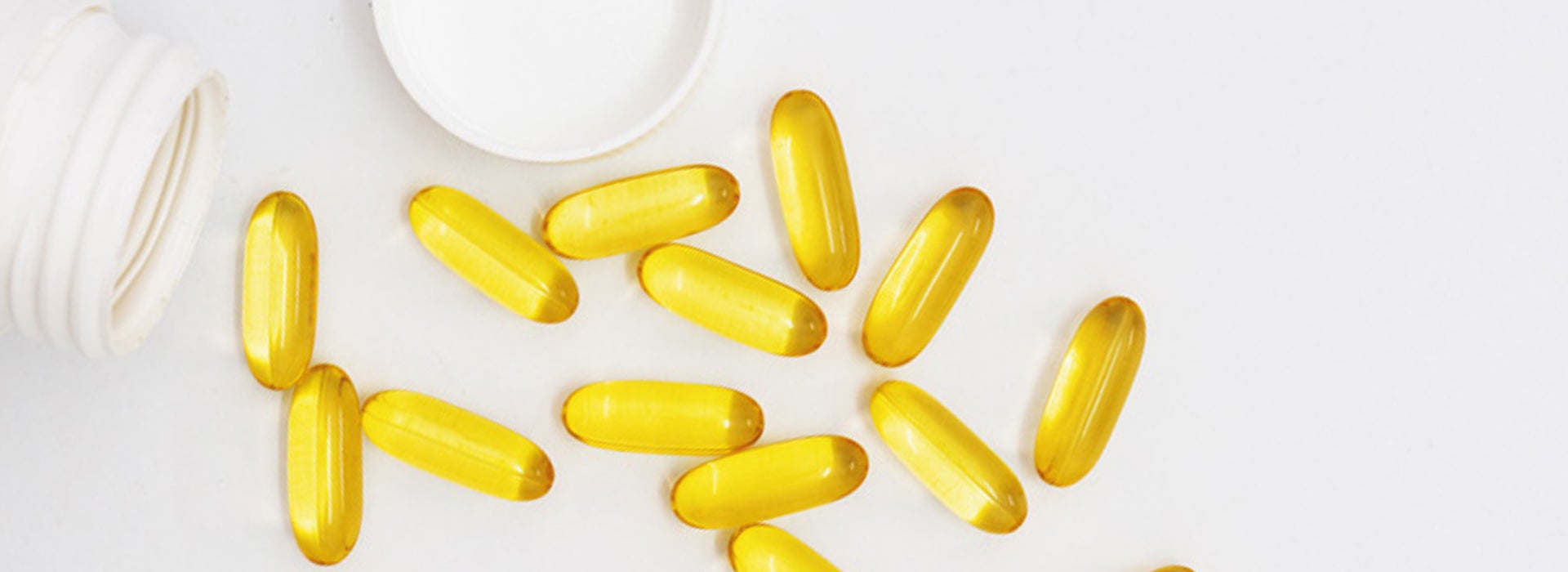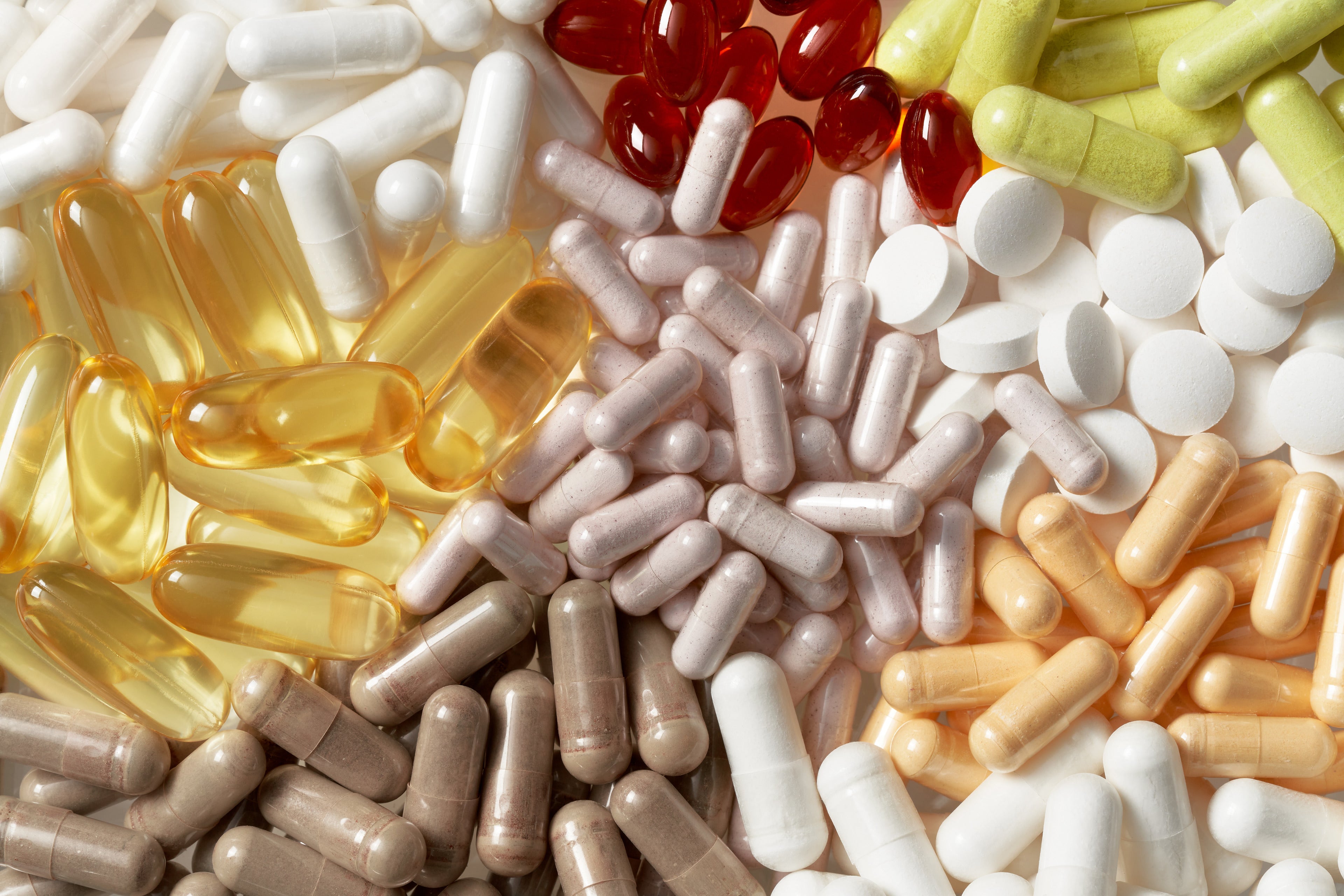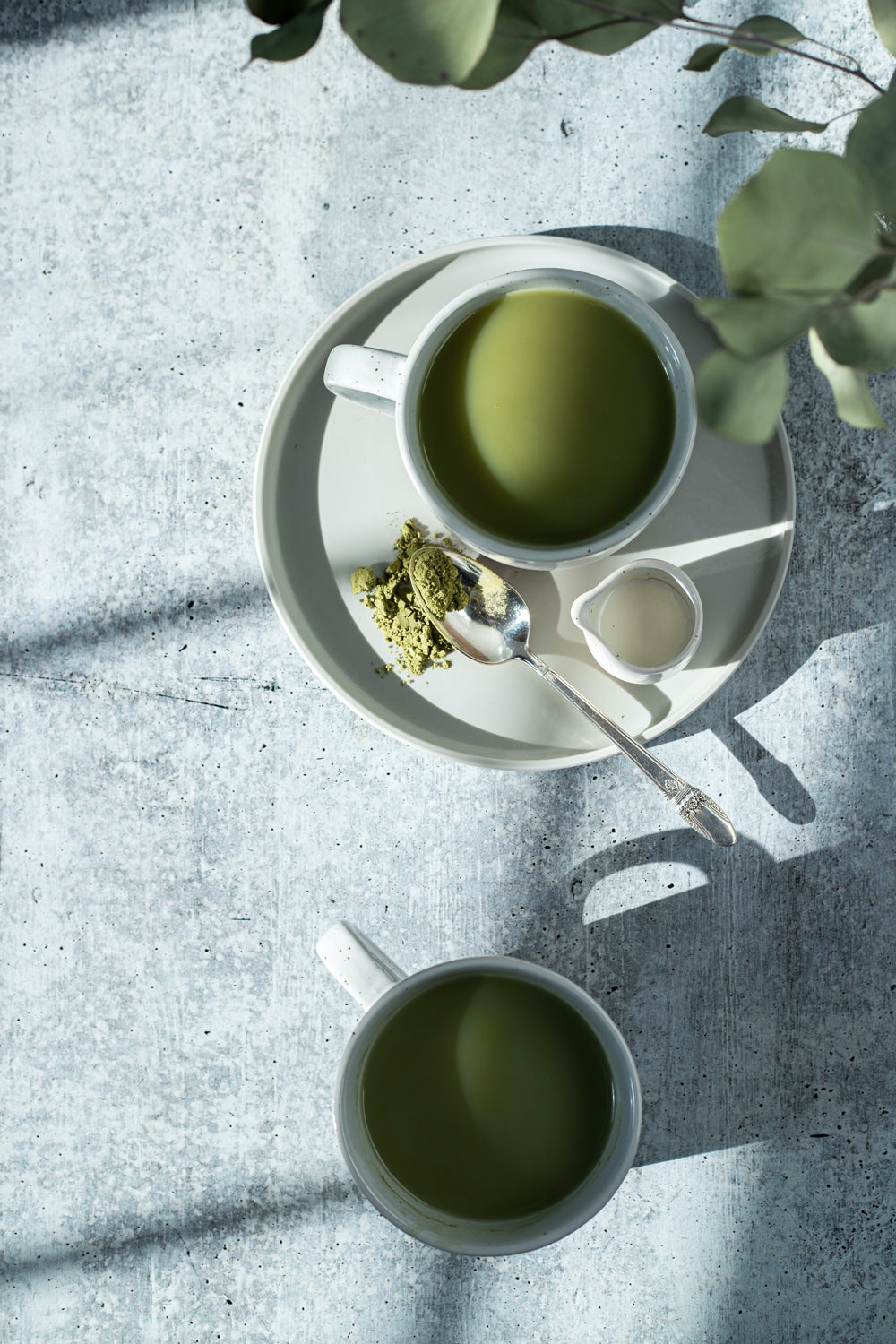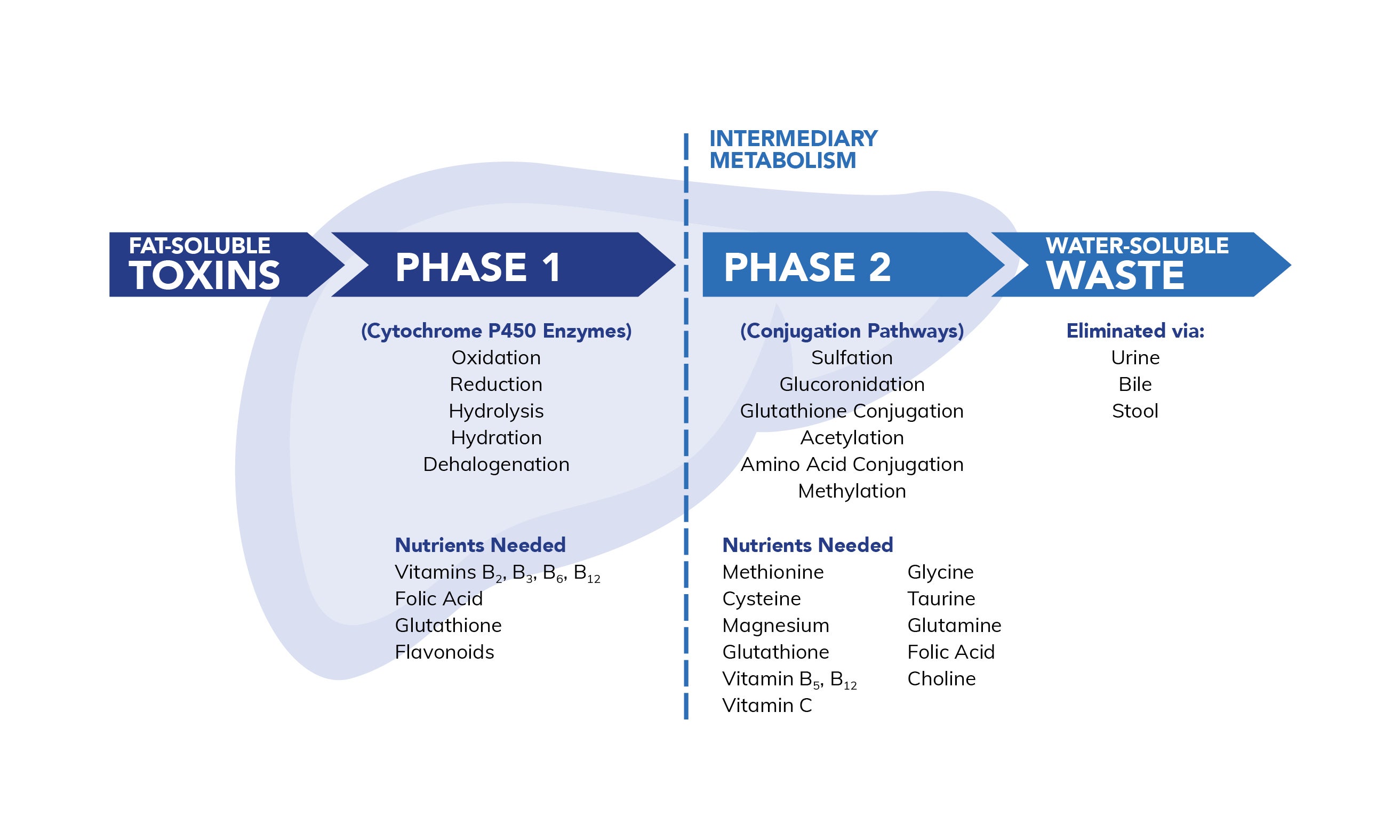Nutrition and Blue Light Protection: Nutrients To Support Healthy Eyes

The use of digital devices is a normal part of our daily life, and most people don't think twice about it. In fact, you are likely reading this on a screen right now. But, unfortunately, our reliance on screens has a downside.
Studies have shown that people who use screens more often are at risk of developing age-related eye conditions.i The concern has to do with increased exposure to a potentially damaging type of light emitted from your device — blue light.
Fortunately, certain nutrients that you can get from your diet and supplements may help reduce the impact of this exposure. Since screens don't seem to be going away anytime soon, taking steps to protect your eyes now is a wise choice.
What is blue light?
Blue light is a type of light generated by computer screens, smartphones, and other digital devices. It's high-energy light that is part of the visible light spectrum. The sun is also a significant source of blue light, but because of the increased reliance on screens, our exposure to blue light has risen dramatically in the last few decades.
Some blue light exposure, primarily from the sun, is good for us. It helps regulate our circadian rhythms (sleep and wake cycle), keeps us alert, and supports a healthy cognitive function. But, when you spend too much time in front of a screen, the blue light adds up quickly and can be harmful to your eyes.ii
Blue light can also interrupt our sleep cycle as it suppresses melatonin production. While this is desirable first thing in the morning when you greet the sun, late-night screen use can also increase alertness, leaving you wide awake when you should be sleeping.iii
Blue light and the impact on eye health
Eye strain and fatigue are increasingly common complaints as more time is spent looking at screens or digital devices that emit blue light. Long-term exposure to blue light has also been found to significantly impair vision. Over time, blue light is associated with retinal cell damage and vision issues.iv
Excess screen use, especially on phones, has exponentially increased our exposure. Blue light can penetrate deeper into your eye, and nearly all visible blue light reaches the retina.1 This can cause eye strain, dryness, and even retinal damage.
Research has found that excessive use of screens nearly doubles the risk of certain conditions affecting eyesight in teenagers.v Blue light exposure can also lead to increases in inflammation that exacerbate oxidative damage to your eyes.vi

What is the association between carotenoids and eye health?
Lutein and zeaxanthin are two carotenoids that may help protect your eyes from oxidative stress because they are powerful antioxidants.vii These nutrients are found in food, but they also accumulate in the eye.
One measurement of eye health is macular pigment optical density (MPOD). This measures the amount of lutein and zeaxanthin in your eyes. Macular pigment can act as a filter for damaging light and an antioxidant to protect eyes against free radical byproducts.viii
People with lower MPODs have an increased risk for eye conditions, especially as they age. Oppositely, those with increased optical density have a much lower incidence of eye-related disease and improved vision.7 Further, studies show that those who consume higher amounts of lutein and zeaxanthin maintain better levels of macular pigments and, therefore, have healthier eyes.ix x
How can lutein and zeaxanthin help reduce the impact of blue light damage to your eyes?
Supplementation with lutein and zeaxanthin is associated with many eye health benefits related specifically to blue light exposure. As these carotenoids are potent antioxidants, they may help reduce oxidative damage in the eye caused by blue light exposure.
Lutein and zeaxanthin supplementation can also help support eye health by reducing blue light oxidative damage on the outer layer of the eye. They also support increases in MPOD and may interrupt the inflammatory process triggered by blue light damage, reducing the risk of associated eye conditions.5
It also appears that the amount of lutein and zeaxanthin you have in your diet is correlated with increased amounts of carotenoids in your eyes.xi Research suggests that when found in the eye, carotenoids can help absorb and filter blue light and therefore add even more protection against potential damage from digital device exposure.xii
Studies have also found that lutein and zeaxanthin intake can support reductions in side effects like headaches, strained and tired eyes, or other symptoms related to screen time.xiii
What foods are good sources of lutein and zeaxanthin?
The body can't make these carotenoids, so you have to obtain them through diet. However, most people don't eat enough carotenoid-rich foods, so supplements are often needed for benefits.
Foods considered good sources of lutein and zeaxanthin include9:
-
Kale
-
Spinach
-
Broccoli
-
Peas
-
Lettuce
-
Egg yolk
-
Wheat
-
Corn
How can vitamin A also help protect against blue light exposure?
Vitamin A is a group of nutrients known as either preformed vitamin A (found in animal products) or provitamin A (found in fruits or vegetables). While rare in many developed countries, vitamin A deficiency is one of the leading causes of impaired vision.xiv It's an essential nutrient responsible for maintaining healthy eye tissue and fluid. It also helps preserve night vision, increases visual acuity, and plays a vital role in the prevention of age-related declines in vision.xv
As mentioned, blue light is a high-energy type of radiation. As a result, it can pass through the cornea to the retina and cause damage. While more studies specifically on blue light and vitamin A are needed, as an antioxidant vitamin A may add protection by supporting the reduction of oxidative damage to the retina.xvi

Nutrients provide powerful protection for your eyes
The screens we use every day emit blue light that can damage our eyes and cause age-related vision impairment. Given how prevalent screens are in our everyday lives, it's essential to take steps to protect your vision in the future.
Boosting your intake of lutein, zeaxanthin, and vitamin A-rich foods or supplements can be an important way to help reduce the impact of screen-use and support healthy eyes.



















